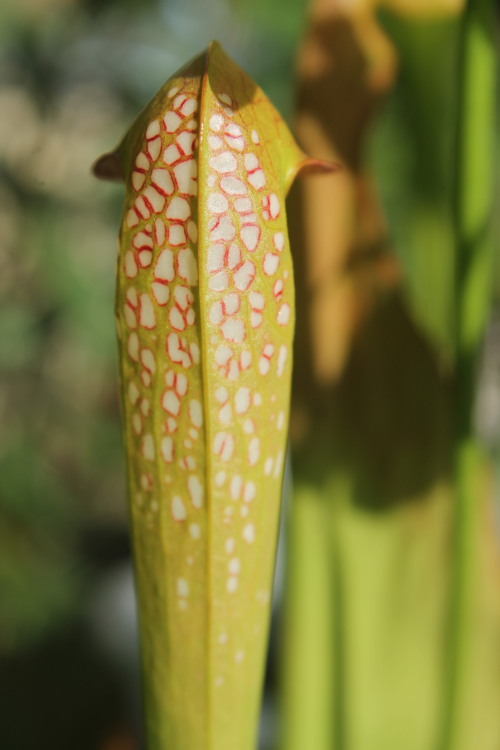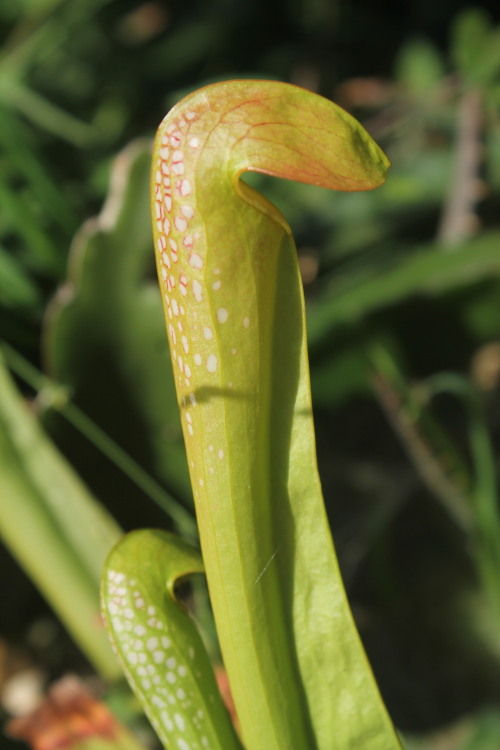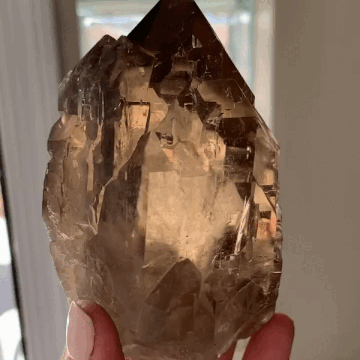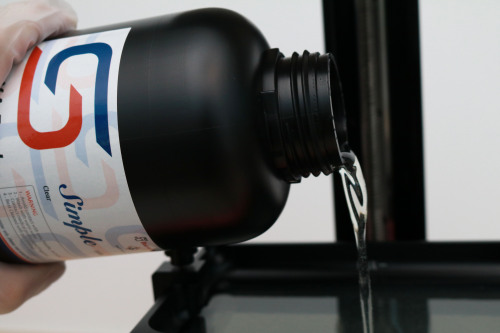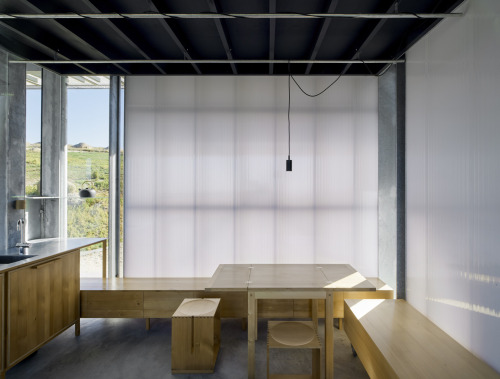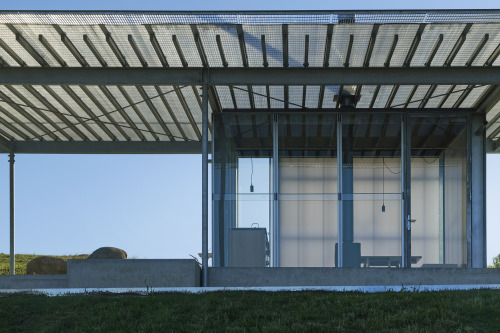#translucent

carillon of translucent bells
Elizabeth Rickard
The amazing Sarracenia minor is my personal favorite species of American pitcher plant. The pitchers are generally under 14″ tall, but what they lack in size, they make up for with expertly designed traps. This species of pitcher plant utilizes translucent-white patches of tissue to create “windows”, which, when combined with the downward pointing lid covering the pitcher mouth, effectively disorientate insects unlucky enough to have entered. This in turn tricks insects into thinking the back of the pitchers are the quickest way to freedom, when in reality, they are only becoming more trapped. Sarracenia minor’s “windows” offer bugs a glimmer of hope, but ultimately guarantee the plant a steady meal!
Post link
Me: *Looking for more the boys content already read everything*
Me: *Sighs opening a draft*
Friend: Oh god stop what you are doing now!
Me:

Anyone who likes the boys drop a request for literally anything there’s so little conent and I want more of my babies
The Fleeting Cathedral by Russell Moreton
Via Flickr:
Shroud Richard Stillman Yard and Metre Event, Winchester As the marks resonated, did they sound true? Could we tolerate margins of error or latitude? Is there strength in that built by blue ink? It is hard to see without certainty. Why have they flown, gathered, shrouded? Is the date significant? A memorial? Or is it white noise reverberating, striking parallels, refusing focus, insisting? The shape of the cross is still distinct but opening out, refusing definition, never quite caught as an intention, pinned on dimensions it wants to refuse. When objects or atmospheres collide energy is transferred, a new force may be created. And, as forensic scientists can attest, when objects touch they exchange traces, each leaves something of itself with the other. This is why artists enjoy collaborating. Working with another artist can give a jolt of inspiration, a spark of creative thinking, a surge of new skill, the stimulus for a new work. And the experience will leave its mark in some way on each individual’s practice. The specific ‘collision’ may also result in a work which has its own integrity, which does not belong’ to either party and where their particular contributions merge indistinguishably - in effect fusion takes place. This is the thinking behind 10 days | Creative Collisions and for The Yard artists and Hyde Writers it was the ideal excuse to come together, to let the shockwaves flow and see what new possibilities emerged. As with all the best creative practice, in science or in art, this has been an experiment, it involved risk, trust and open minds. Whether or not the outcomes are fully resolved they will be filled with potential - and with potency. Stephen Boyce russellmoreton.tumblr.com/archive Cyanotype from a site drawing, Space for Peace, Winchester Cathedral 2011.
The “Sonnet155″ by Lobke Beckfeld and Johanna Hehemeyer-Cürten,
The “Sonnett155″ is made from two different post-industrial waste materials – fruit skins left over from juice production and short cellulose fibres sourced from a local textile factory.
Although it resembles a purse or tote with swooping top handles, the product has a lifespan closer to a disposable paper bag and is designed to degrade naturally with wear before it can ultimately be composted or recycled.
Post link







